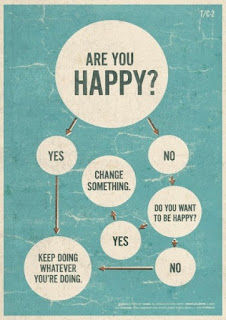One
of the first things to do, when you want to remove stress from your life, is to
create a healing environment at home. It's a well-known fact that stress
affects both your physical and emotional well-being. So, to feel your best, you
need to remove the negativity associated with a hectic lifestyle. The good news
is... it's probably not as difficult as you think. Keep reading to learn more.
Let's
face it, a healthy environment makes you feel safe and helps to eliminate
feelings of sadness, worry and helplessness. It's void of noise and confusion which,
over the long term, can lead to issues such as high blood pressure, heart
disease and even strokes. You may not be able to control your environment at
work, but the task is certainly achievable at home. Consider the following tips
to help you get started.
Your Overall Goal
Your overall goal is
to create a nurturing (and therapeutic) space, filled with some of the things
you love the most. Doing so promotes spiritual growth and self-healing.
Ideally, this works best if you have a spare room you can convert into your own
special haven. If that's not a possibility, don't panic. Simply create multiple
"mini spaces" throughout your home.
In the event that
money is an issue, you always have the option of buying things secondhand, to
utilize when decorating. If you're a bargain hunter, think of it as your newest
(stress-free) adventure.
Eliminate
Clutter
Everyone would be better off if they took the time
to eliminate clutter in their lives. Have you ever tried to completely relax in
a room full of clutter? It's almost impossible to do, isn't it? Get rid of
things you no longer use. Give these things to charity or have a garage sale.
Someone else will be happy to give your unwanted belongings a new home.
Utilize
Color
Certain colors affect the way you feel. So if you
have the time and energy, you might consider repainting your space. You can
either go with a color that automatically makes you happy or choose one known
to invoke a positive response. For example, red typically causes an
invigorating reaction and blue has the (opposite) calming effect.
Additional
Ideas
There are so many additional things that you can do
to create a healing environment in your home. They include, but are not limited
to:
- candles or
a fireplace
- aromatherapy
(lavender is particularly calming)
- water
fountain or aquarium
- live plants
and flowers (some of which even cleanse the air)
- natural lighting options
- family
photos
Quite honestly, the possibilities are endless. If
you find it relaxing to read a good book, think about creating a reading corner.
On the other hand, if you love to fix things, the ideal healing environment
might be a workspace in the garage. The choice is up to you!
Now
that you know more about creating a healthy environment at home, what are you
waiting for? Remember, you don't have to complete the project overnight. The
idea is to reduce stress, not to make it worse. This is something that can be
done on an ongoing basis. There's nothing wrong with creating a relaxing environment
that is forever a "work in progress."
Tweet:
Are you feeling overly stressed? If so, why not consider creating a healing
environment at home? It can be done!



